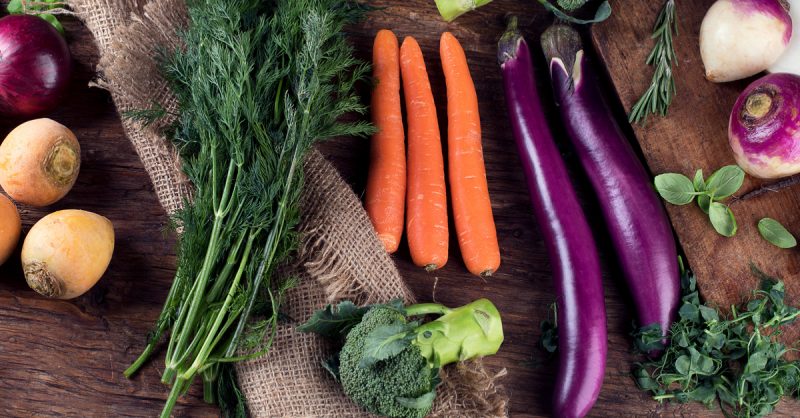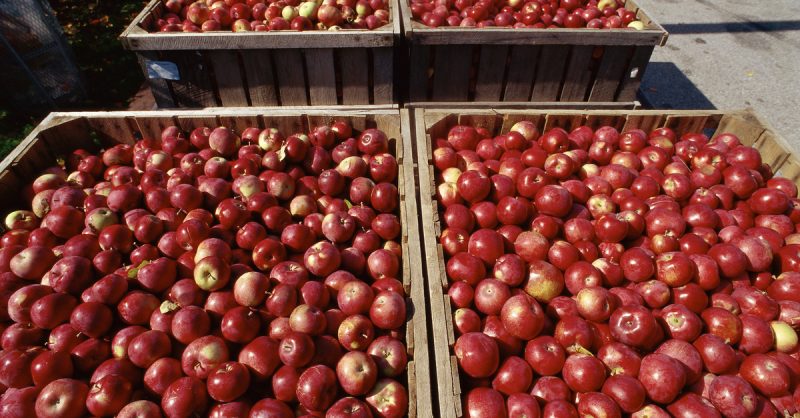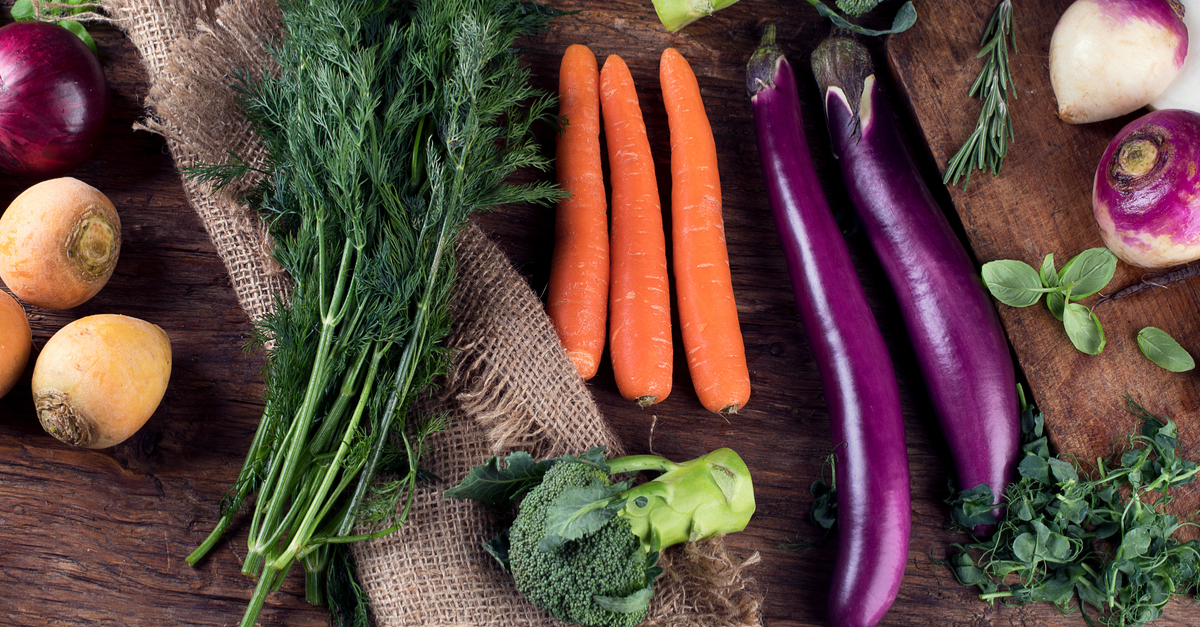Estimated reading time: 2 minutes
Food. It’s our way of survival in this world, and is the one thing fulfilling our hunger and satisfying cravings. No matter where it comes from, whether that be a farm, pasture or packaging plant, the entirety of that process always matters. As plentiful as the food system seems to be, there are often dozens of issues that may arise, including, brand recalls and rodent infestations that can tarnish our food. News reports across every platform will beam bright with notices stating a recall on specific vegetables or packaged products, and most recently we can all remember the recent recall on Romaine lettuce from California farms. Most of these food inspectors don’t have the tracing capabilities to locate a specific crop of celery that has likely been contaminated and locate those specific bushels. That’s where IoT can hold an impact.
 It’s no mystery that IoT has partnered with RFID to provide solutions within the food and beverage industry. RFID was utilized to trace product shipments and ultimately to understand their location updates.
It’s no mystery that IoT has partnered with RFID to provide solutions within the food and beverage industry. RFID was utilized to trace product shipments and ultimately to understand their location updates.
IoT + Big Data
Today, more sophisticated sensors are available to provide more supportive data on globally transported products. Inspectors are able to receive data in real-time that can report where the package is being processed, shipped, etc., Through this new technology, inspectors can accomplish the following:
| Pick up the presence of dust particles within packages or storage facilities |
| Track the temperature and environmental conditions inside and outside of shipment parcel |
Detective IoT Reporting to Duty
 It’s difficult to acquire knowledge of food that’s been contaminated. They don’t always have the appropriate touch points. All tracking and monitoring capabilities can usher recipients towards where and when in the supply chain, a product was being contaminated. Lots of data and important information is out there in the cyberspace. Through this investigative IoT integration, inspectors can record failure points, patterns in food safety issues and predict overall food spoilage conditions.
It’s difficult to acquire knowledge of food that’s been contaminated. They don’t always have the appropriate touch points. All tracking and monitoring capabilities can usher recipients towards where and when in the supply chain, a product was being contaminated. Lots of data and important information is out there in the cyberspace. Through this investigative IoT integration, inspectors can record failure points, patterns in food safety issues and predict overall food spoilage conditions.
IoT Aiding Farmers
Helping farmers in knowing which fungi or pests can thrive in their current environmental conditions is a key feature. They are using big data to gather statistics and information that can help to better advice farmers and the source of this produce. Big data can also detect correlations between RNA and DNA bacteria living inside food. This allows inspectors the ability to identify harmful bacteria. All in all, farmers are given an equal opportunity to take necessary precautions in the future.
IoT & Big Data: The Perfect Collaboration
Rodents and varmints can carry diseases that could potentially take over these food storage areas. Data analysis can capture many things, including a full history of infestations and potential entry points of such pests. This allows storage facilities to up their surveillance and protection capabilities. The World Health Organization (WHO) has catalogued that more than 600 million people come into contact with food-borne illnesses. On top of that 400,000 of those people end up dying as a result. The process of how food is grown, processed and shipped out plays a role in preventing illnesses. The collaboration of big data and IoT has come a long way, and has much more ground to make up.

